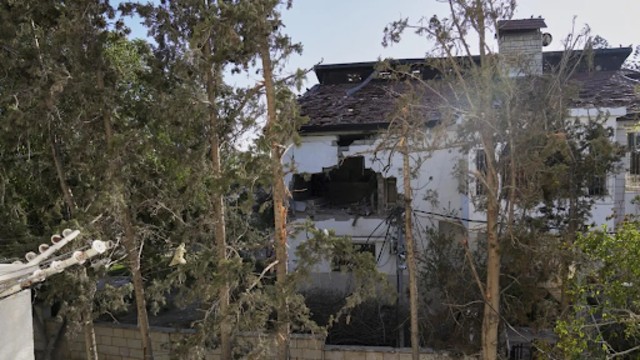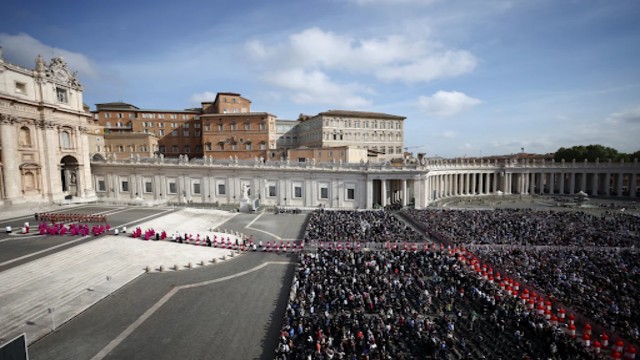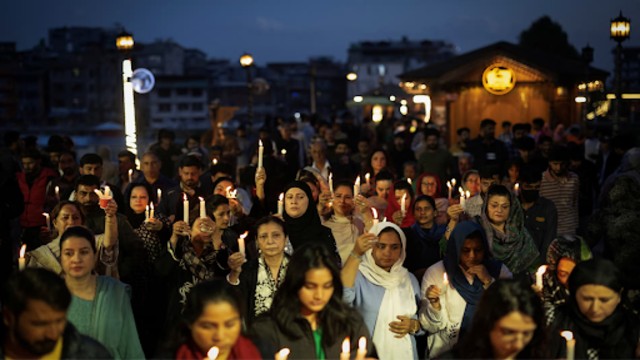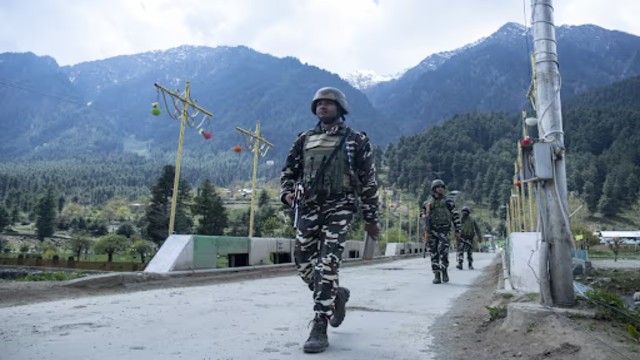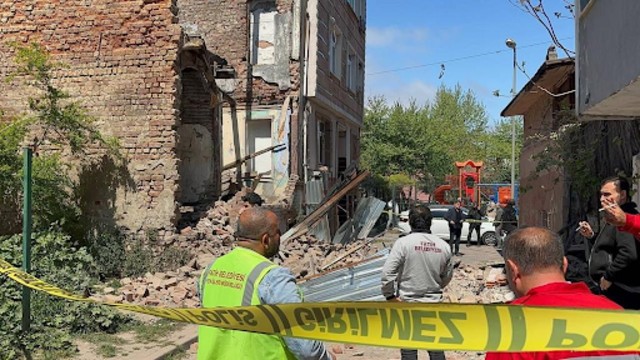
North Korean leader Kim Jong Un gave a speech in Pyongyang on Monday, September 9, 2024, to celebrate the 76th anniversary of the country’s founding. AP Photo
On Thursday, North Korea launched several short-range ballistic missiles into the sea, according to South Korea's military. This event comes shortly after North Korean leader Kim Jong Un pledged to strengthen his country's nuclear readiness against its adversaries.
The South Korean Joint Chiefs of Staff reported that the missiles were fired from North Korea's capital and travelled approximately 360 kilometres (around 220 miles) before landing in the waters between the Korean Peninsula and Japan. Japanese Prime Minister Fumio Kishida has instructed authorities to ensure the safety of ships and aircraft in the area, but there have been no immediate reports of damage.
The distance the missiles travelled suggests they were intended to target South Korea, which has condemned the launches as provocative and a serious threat to peace on the Korean Peninsula. These launches mark North Korea's first public weapons testing in over two months. The last reported test was on July 1, when North Korea claimed to have tested a new tactical weapon capable of delivering a "super-large" warhead weighing 4.5 tons.
In a speech on Monday, during the 76th anniversary of his government's founding, Kim Jong Un vowed to make his nuclear forces fully battle-ready. He described North Korea as facing a "grave threat" due to what he calls the reckless expansion of a U.S.-led regional military bloc, which he claims is evolving into a nuclear threat.
While Kim has made similar pledges before, this latest threat is seen by experts as a possible precursor to further nuclear tests or long-range missile launches, potentially timed to influence the U.S. presidential election in November. On Sunday, North Korea’s state media showed Kim inspecting a large 12-axle vehicle, suggesting that North Korea might be developing a more powerful intercontinental ballistic missile capable of reaching the U.S. mainland.
Recent satellite images indicate minor damage to North Korea's northeastern nuclear test site from heavy summer rains, with no significant recent activity observed at the site’s tunnels.
Thursday's missile launches follow a recent incident where North Korea sent hundreds of large balloons filled with waste toward South Korea over five days. This action was part of North Korea's increased weapons testing activities since 2022, aimed at enhancing its strike capabilities against the U.S. and South Korea. In response, the U.S. and South Korea have expanded their joint military drills, which North Korea views as rehearsals for invasion.
In August, Kim had refrained from missile tests during the large-scale U.S.-South Korean military exercises but held a significant ceremony to mark the delivery of 250 nuclear-capable missile launchers to frontline units. This event raised concerns about North Korea's plans to deploy battlefield nuclear weapons near the tense border with South Korea.







